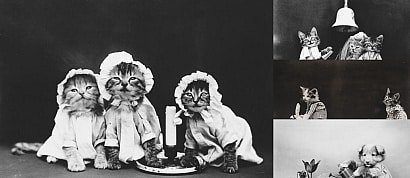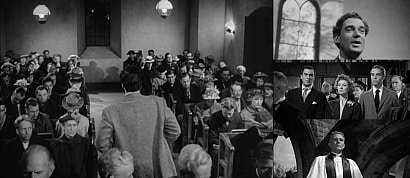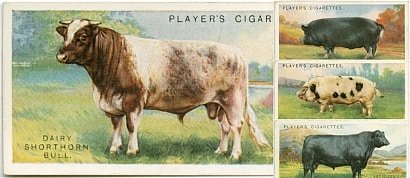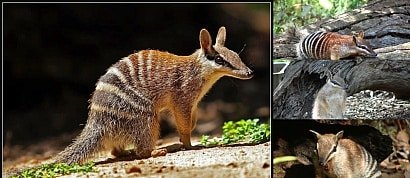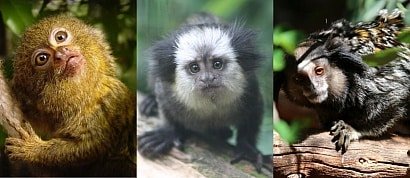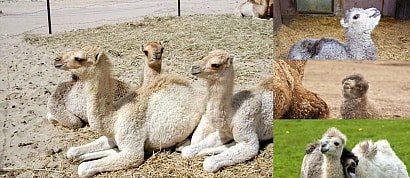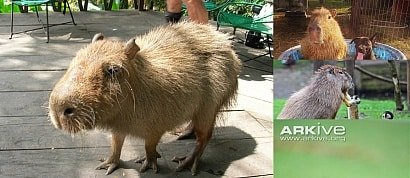A list of my favorite images of jerboas.
en.wikipedia.org/wiki/Jerboa
The jerboa forms the bulk of the membership of the family Dipodidae.
Jerboas are hopping desert rodents found throughout Northern Africa and Asia east to northern China and Manchuria. They tend to be found in hot deserts.
Some species are prey for Little Owls (Athene noctua) in central Asia. Most species of jerboa have excellent hearing which allows them to avoid becoming the prey of these nocturnal predators. When chased, jerboas can run at up to 24 kilometres per hour.
The typical lifespan of a jerboa is around 6 years.
Jerboas look somewhat like kangaroos due to having many similarities such as long hind legs, very short forelegs and long tails. Some species of the jerboa family have long ears like a rabbit and others have ears that are short like those of a mouse.
Jerboas move around their environment the same way a kangaroo does, which is by hopping. Like other bipedal animals, their foramen magnum, the hole at the base of the skull, is forward-shifted which enhances two legged locomotion. The tail of a jerboa can be longer than its head and body and it is common to see a white cluster of hair at the end of the tail.
The tail of a jerboa is used to balance the creature when it is hopping and "as a prop when the jerboa is sitting upright". The fur of a jerboa is fine and is usually the color of sand, this color in most cases matches the environment the jerboa lives in (an example of cryptic coloration).
Most jerboas are known to eat plants. Some species will eat beetles and other insects they come across, but they can not eat hard seeds. Unlike gerbils, jerboas are not known to store food.
Many species within the family Dipodidae participate in dust bathing. Dust bathing is often a way to use chemical communication. Their keen hearing suggests they may use sounds or vibrations to communicate.
Mating systems of closely related species in the family Dipodidae suggest that they may be polygynous. For some closely related jerboa species mating usually happens a short time after awaking from winter hibernation.
A female will breed twice during the summer season and raise between two to six young. Gestation time is between 25 and 35 days. Little is known about parental investment in long-eared jerboas. Like most mammals, females nurse and care for their young at least until they are weaned.
Jerboas are nocturnal. During the heat of the day they shelter in burrows. At night they leave the burrows due to the cooler temperature of their environment. The entrances to their burrow are found near plant life especially along field borders, but during the rainy season their tunnels are in mounds or hills. Building tunnels in these places reduces the risk of flooding.
In the summer, jerboas that are occupying a hole plug the entrance to keep out hot air and, as some researchers speculate, predators. In most cases burrows have an emergency exit that ends just below the surface or opens at the surface, but is not strongly obstructed. This allows the jerboa to quickly escape predators. Related jerboas often create four different types of burrows. A temporary, summer day burrow is used for cover while hunting during the daylight. They will have a second, temporary burrow used for hunting at night. They will also have two permanent burrows one for summer and one for winter. The permanent summer burrow is actively used throughout the summer and the young are raised there.
Jerboas hibernate during the winter and use the permanent winter burrow for this. Temporary burrows are shorter in length than permanent burrows. Jerboas are known to be solitary creatures. Once they reach adulthood, jerboas usually have their own burrow and search for food on their own, not in groups. However, occasional "loose colonies" may be formed, whereby some species of jerboa dig communal burrows which offer extra warmth when it is cold outside.
Added to
People who voted for this also voted for
some pictures i add 2014 part 5
Cat and dogs vintage
Movie diary May '14
Beautiful Thailand
Dean and Sam cassette tapes collection
Anautix' favourite Intros of TV-Series
Church Scenes I - Movies
White Holes
Cigarette Cards: Live stock (1915)
Andrew Gonzales - 2
Polish Classics - Syrena
Anautix' favourite Russian Films
Cigarette Cards: Actresses (Cadle's)
Lenci's Ceramics_1
Movie diary September '14
More lists from kathy
Favorite Images of Numbats
Favorite Songs by New Artists
Favorite Images of Marmosets
Favorite Images of Camels & Dromedaries
Favorite Images of Capybaras #1
Favorite Images of Quokkas #2
My Social Issues Lists
 Login
Login








































